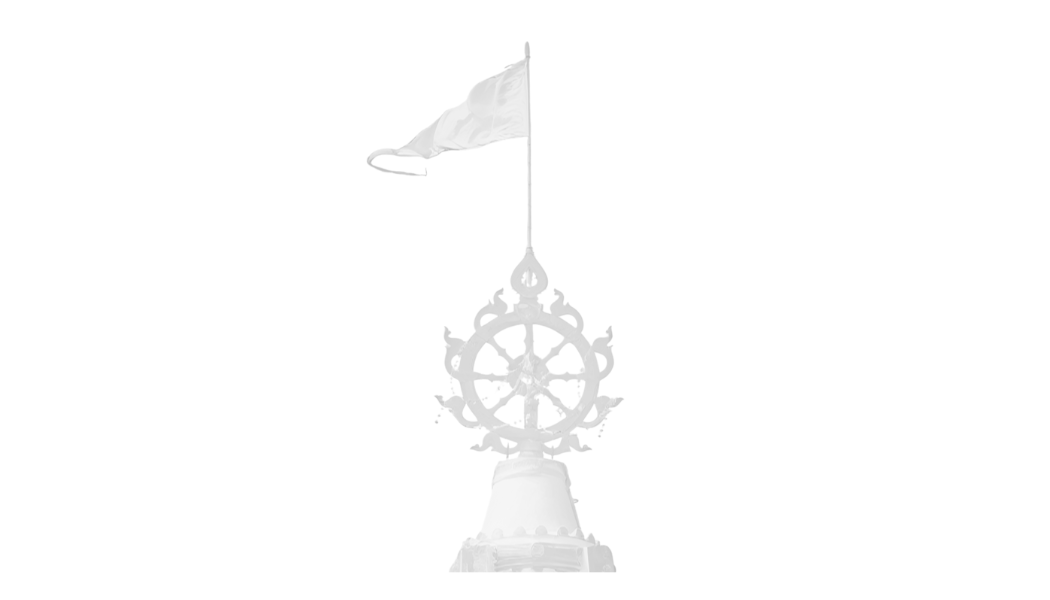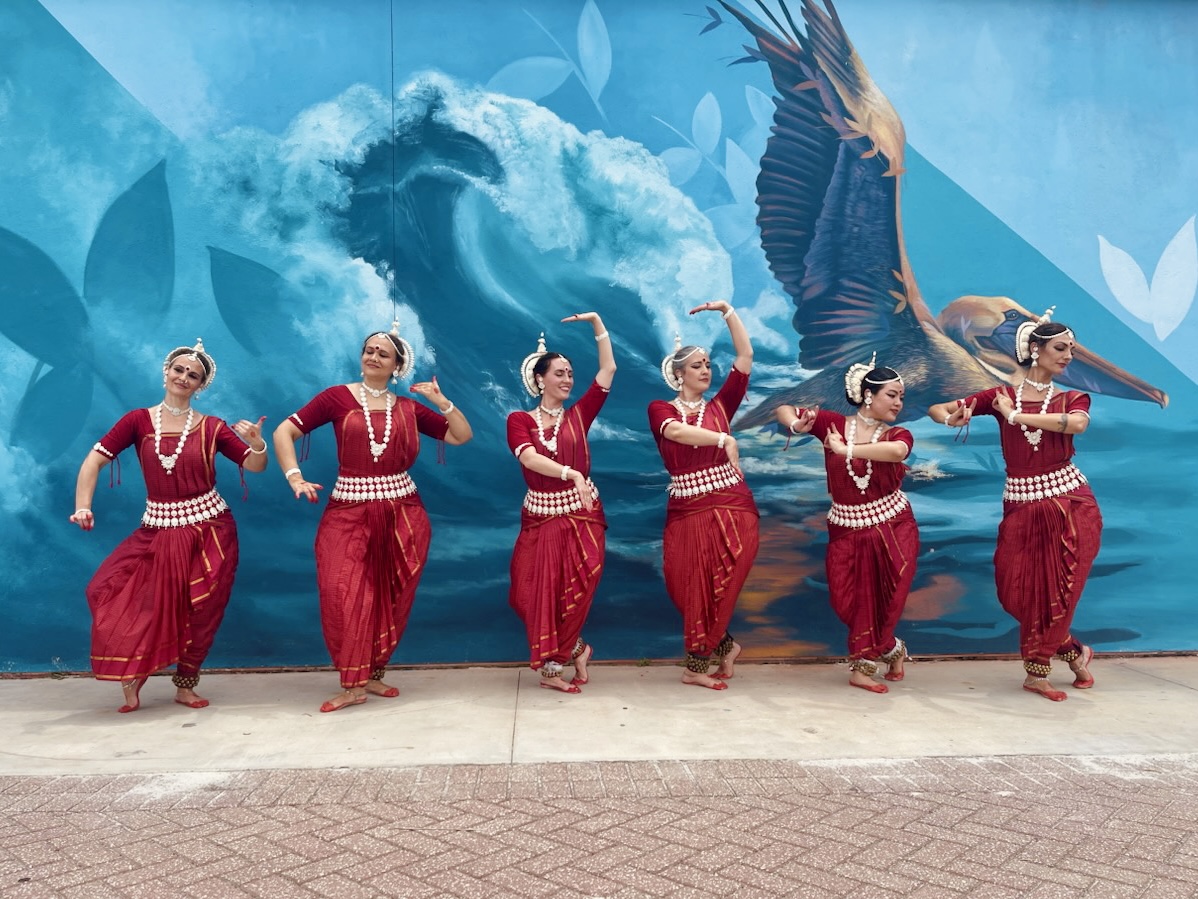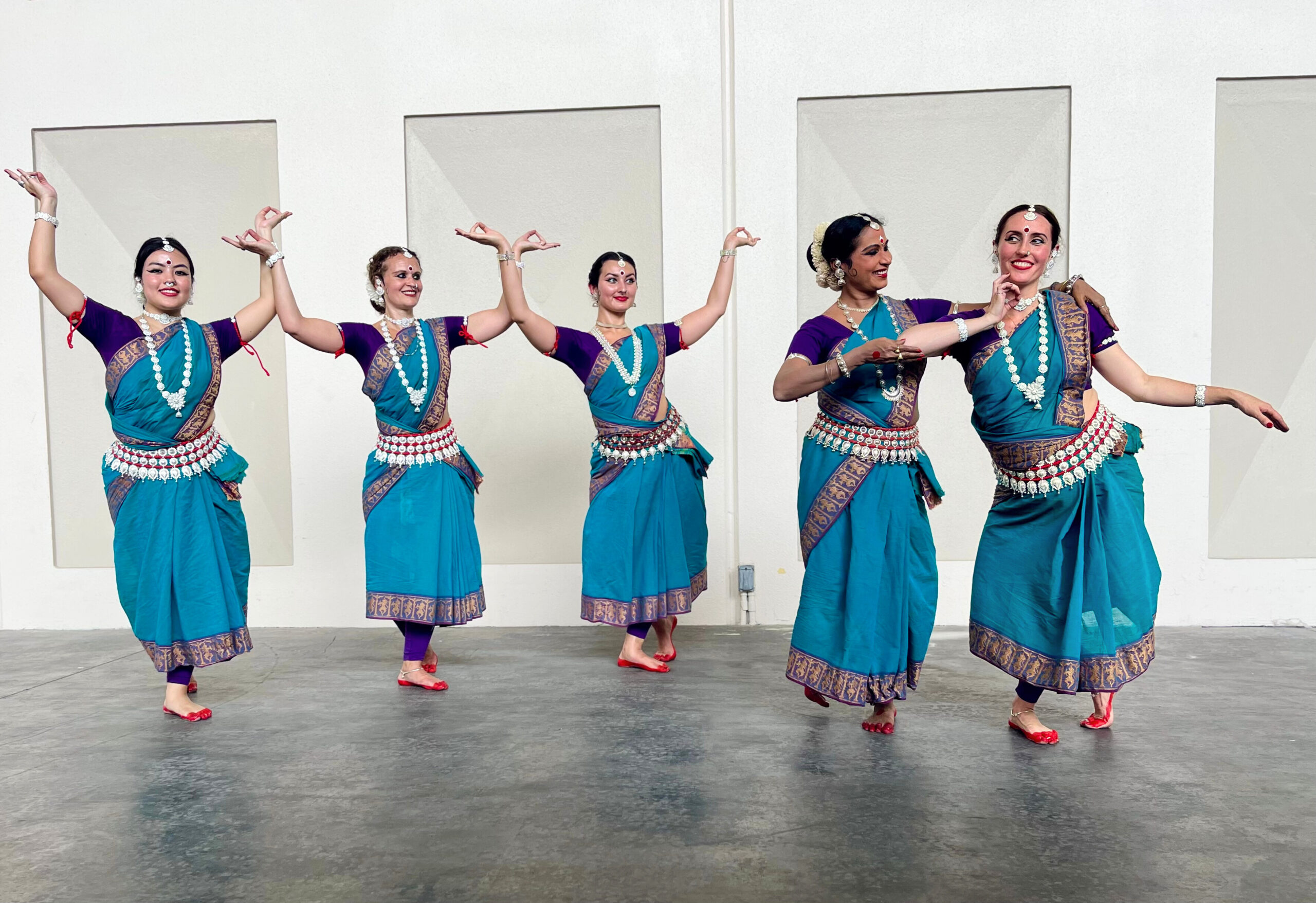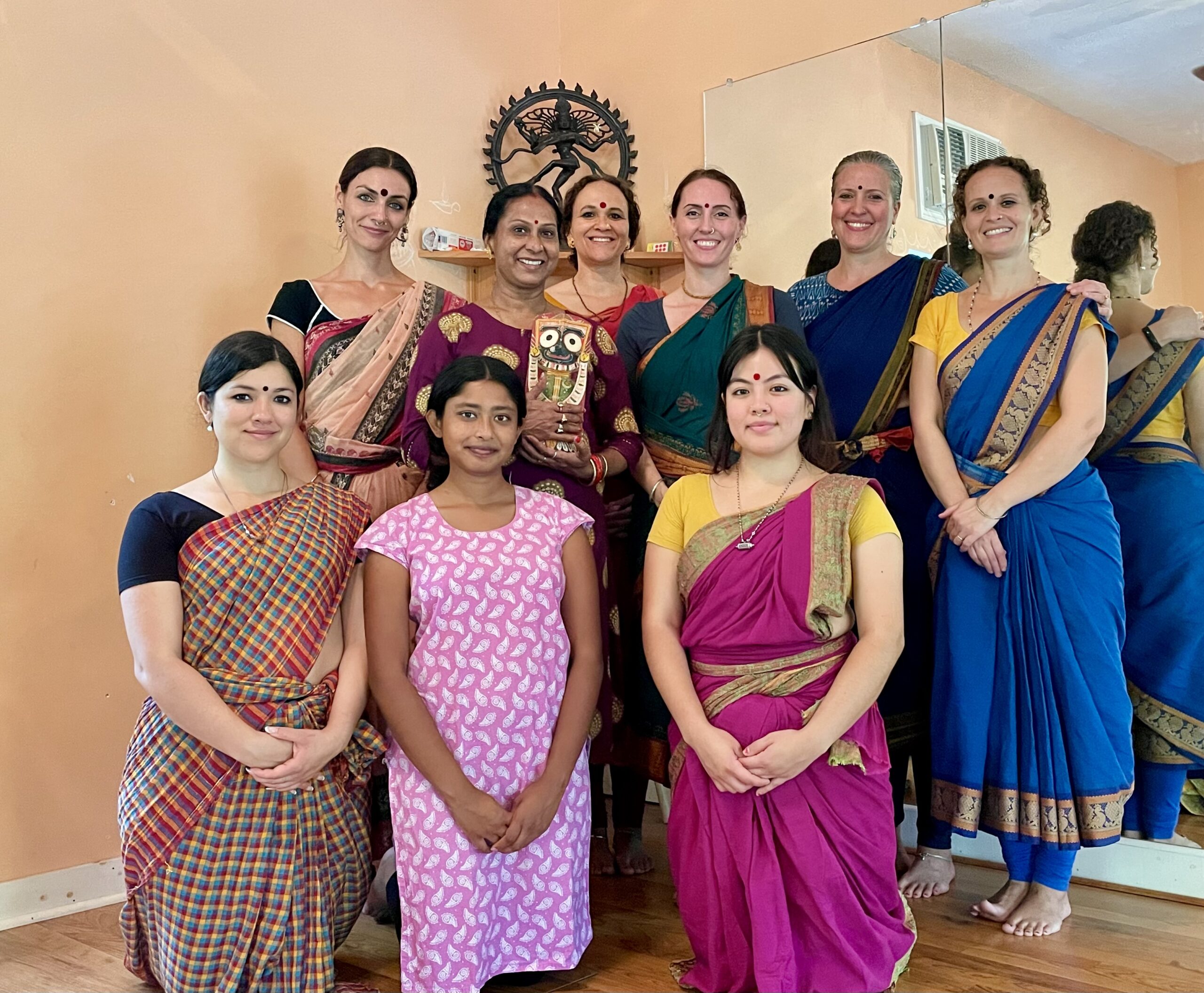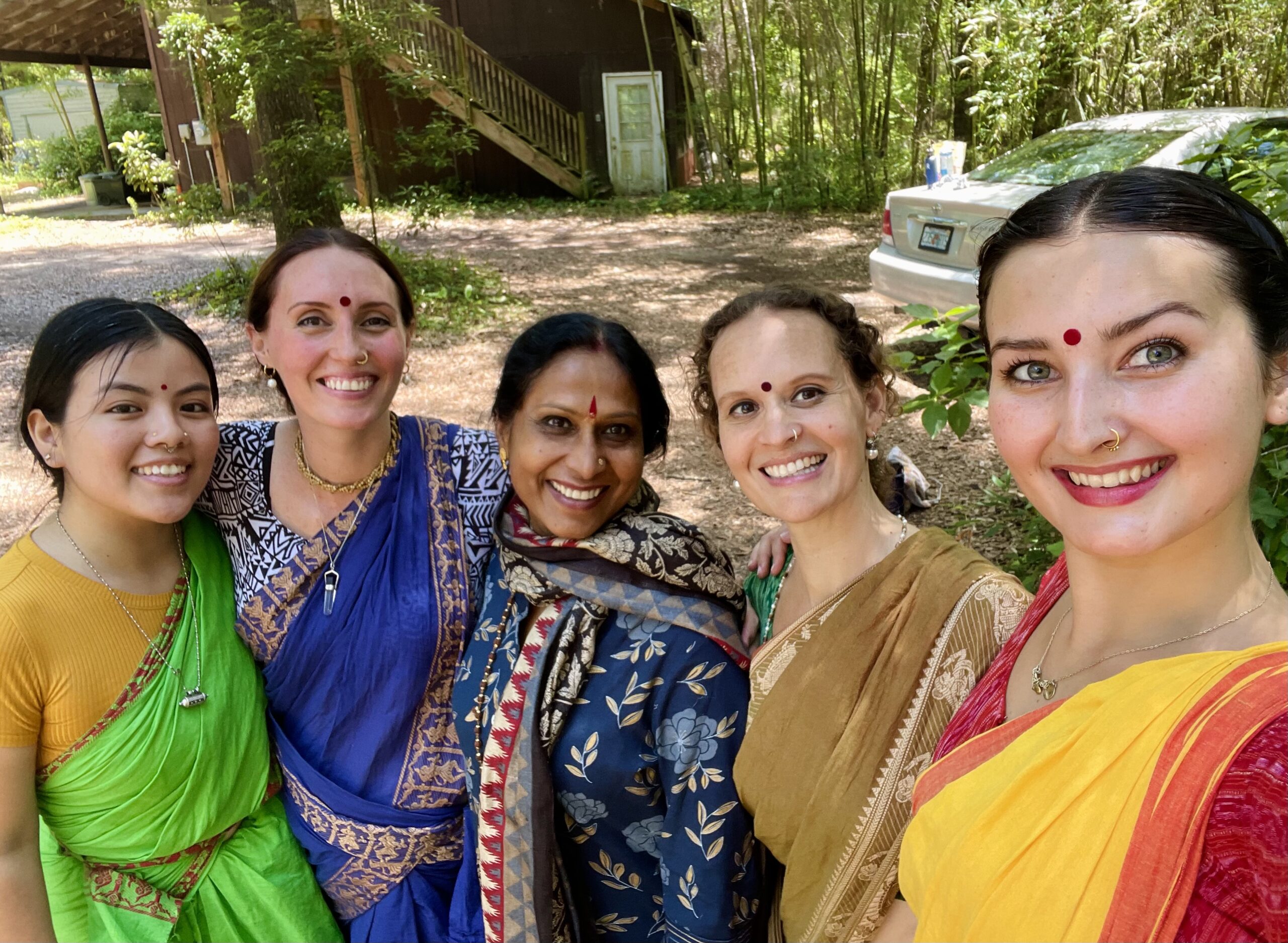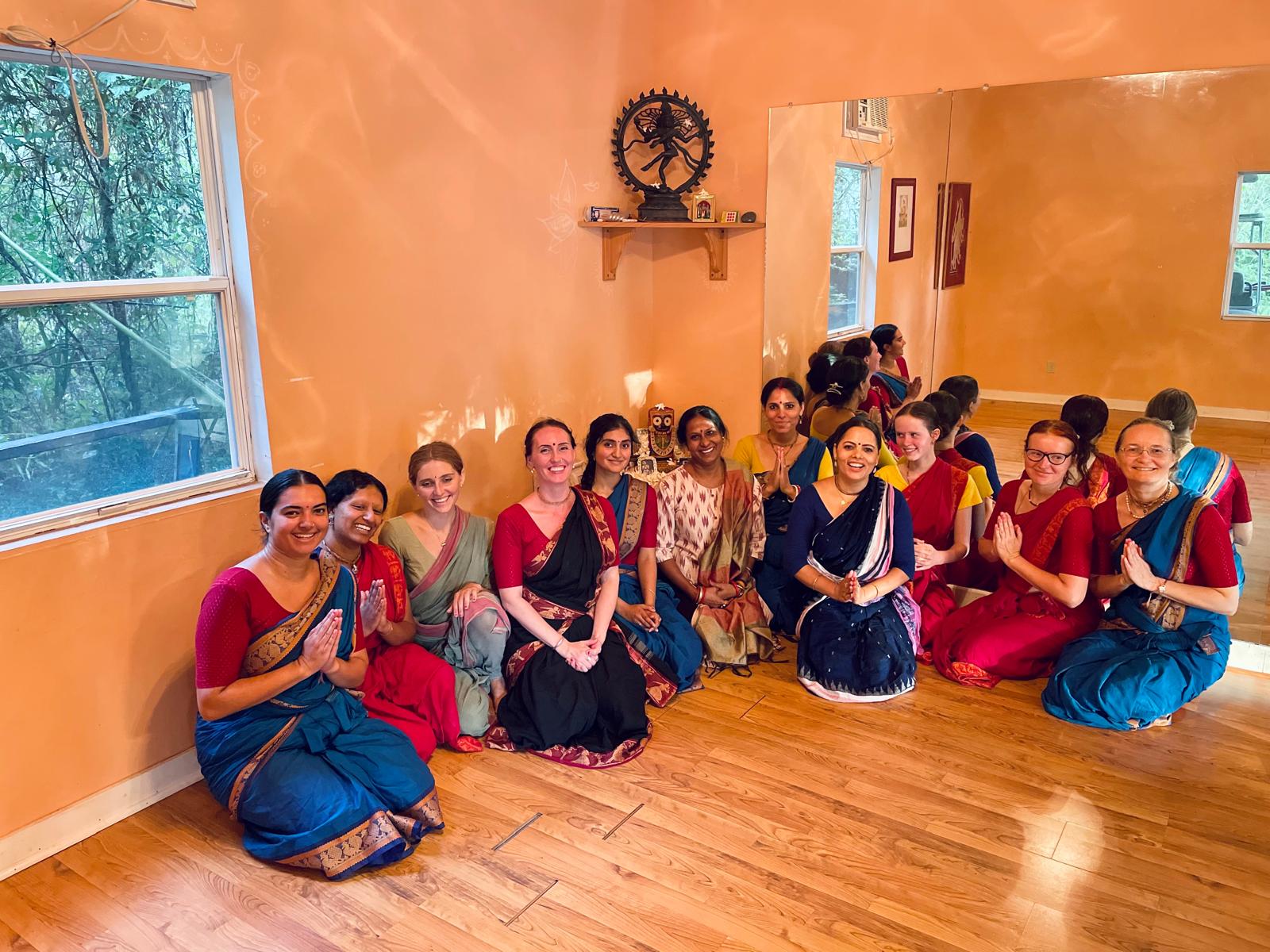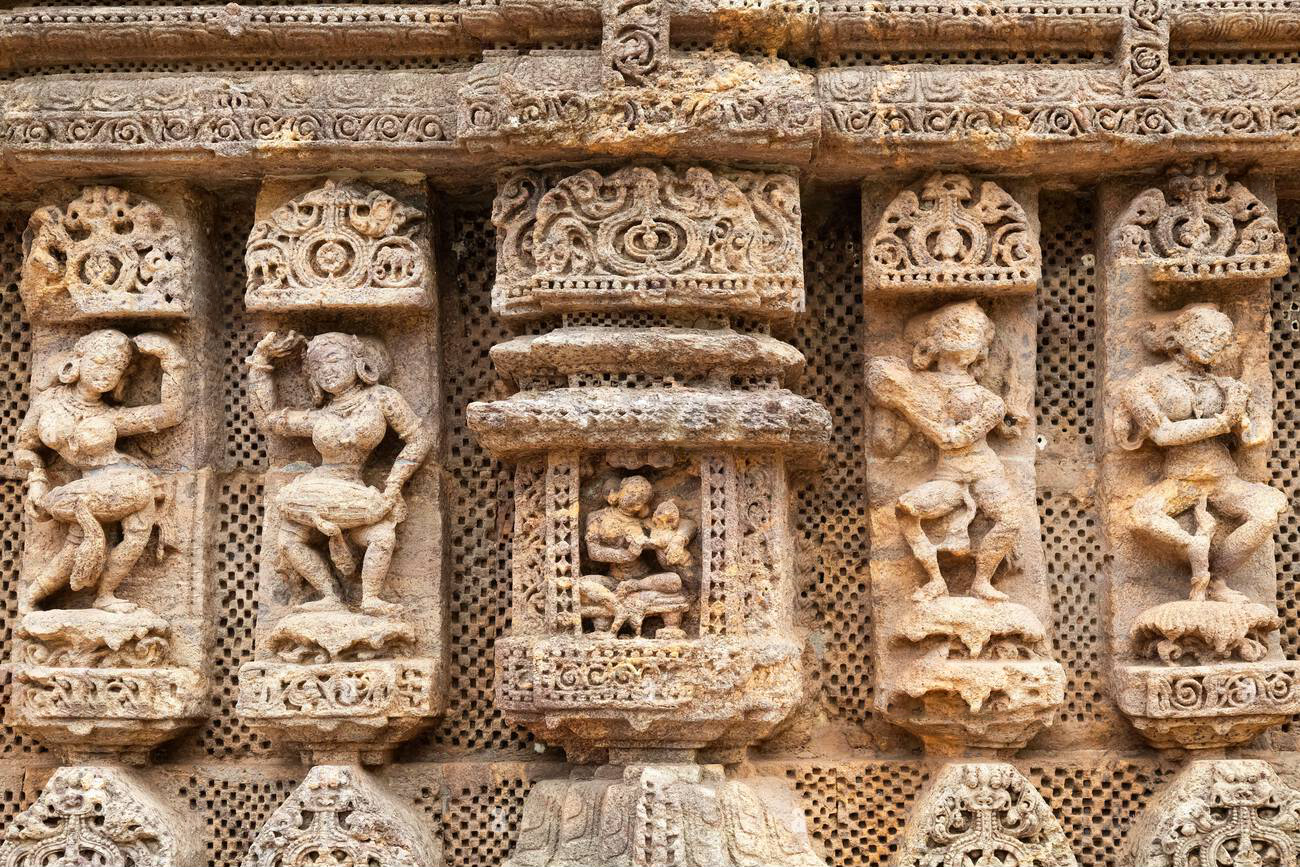
Dance in Devotion
Where every word is a song; and every step a dance.
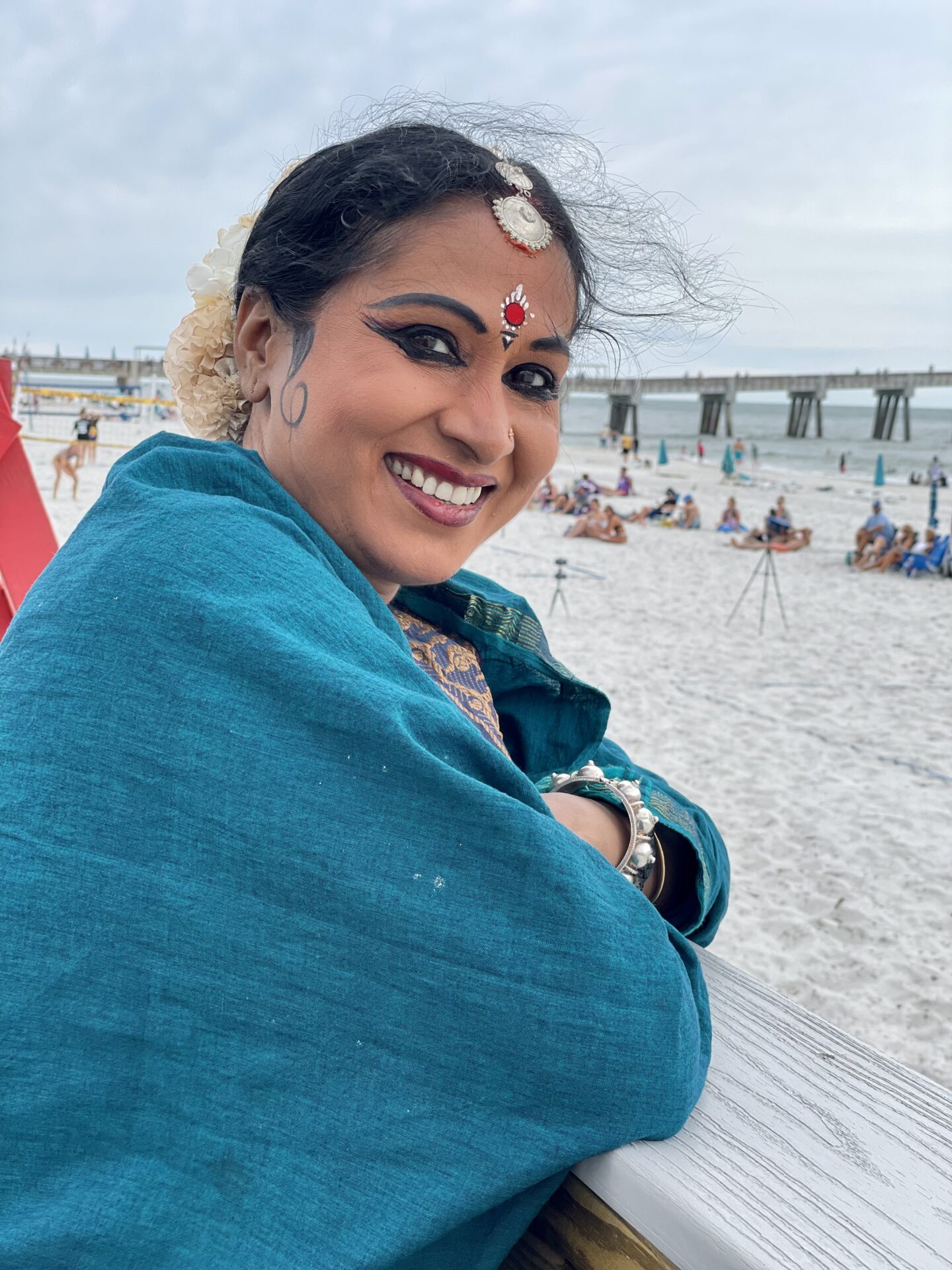
“Odissi is a classical, devotional dance form where you get Bhakti Bhava”
-Srimati Sujata Mohapatra
Devadasi Dance Mandira
Devadasi Dance Mandira is dedicated to preserving and sharing the sacred tradition of Odissi, a devotional art form that began as an offering in the temples of Lord Jagannath in Puri. Rooted in the lineage of the Maharis, the temple dancers of Odisha, and later carried forward by the Gotipuas and the great revival masters like Guru Kelucharan Mohapatra, Odissi remains a living bridge between art and devotion. Our mission is to uphold this heritage as both a cultural treasure and a pathway of healing, embodiment, and spiritual connection.
At the heart of this mission is Lila-Svarupini, a disciple of Guru Sujata Mohapatra in the Guru Kelucharan Mohapatra lineage. Her personal journey- from healing through Odissi to becoming a performer and teacher, reflects the essence of what Devadasi Dance Mandira stands for: dance as prayer, movement as medicine, and tradition as a living gift to the next generation.
About Lila-Svarupini
Lila-Svarupini is an Odissi dancer and teacher dedicated to preserving and sharing the devotional art of Odissi dance in its purest form. She is a disciple of Guru Sujata Mohapatra, one of the foremost exponents of Odissi today. Dedicated to carrying forward the rich legacy of Guru Kelucharan Mohapatra.
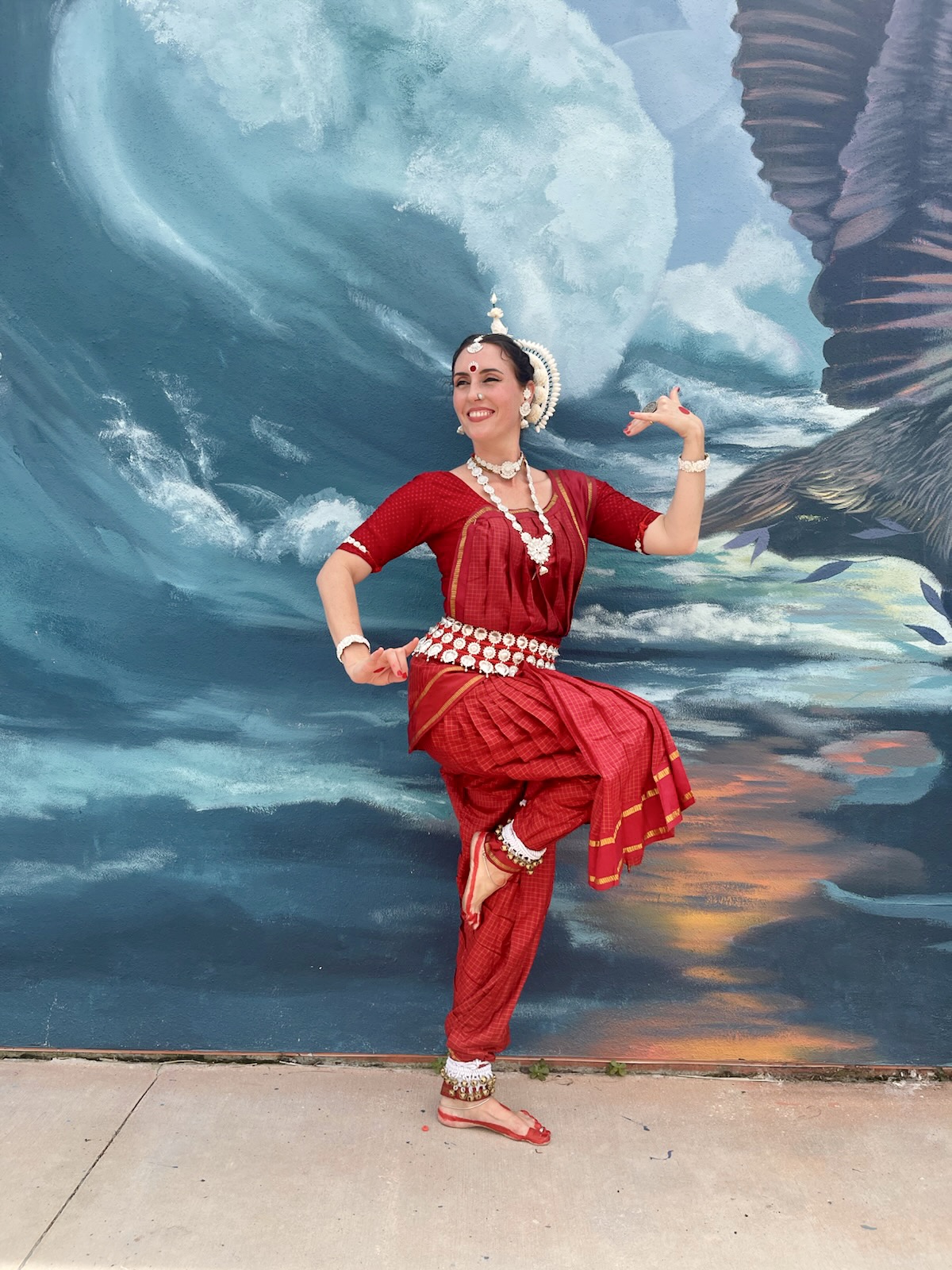
Journey to Odissi
Her journey in Odissi began in 2018 under the guidance of her first teacher, Ganga Sheth, who introduced her to the dance not only as an art form but as a path of healing.
Through Ganga’s nurturing instruction, Lila-Svarupini experienced Odissi as a gentle yet powerful medicine, soothing the effects of past trauma and helping her find release from the weight of PTSD. What began as a search for balance and self-care through movement medicine soon blossomed into a deep spiritual calling.

Guru’s blessings
In time, she came under the meticulous training of Guru Srimati Sujata Mohapatra, where she immersed herself in the discipline, rigor, and the spiritual depth of Odissi. Under Sujata’s guidance, she refined her artistry in both nritta (pure dance) and abhinaya (expressional dance), carrying forward the sacred lineage of Guru Kelucharan Mohapatra with devotion and authenticity.
In 2023 with the blessings of Guru Sujata Mohapatra she began teaching Odissi, and her classes have since flourished, with students of all ages discovering the beauty, grace, and spiritual essence of the dance.
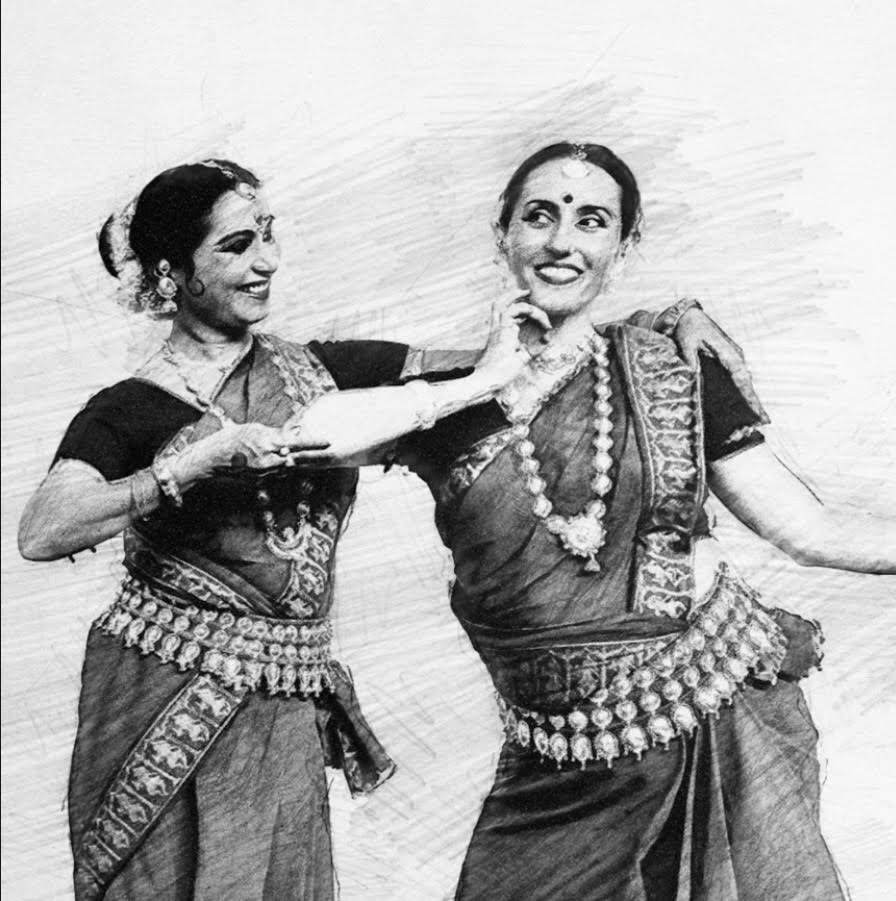
Sharing Sacred Devotion
Today, with active students in her local community, she is recognized not only as a performer but also as a passionate teacher of Odissi who shares this devotional dance as both an artistic and transformative path.
Lila-Svarupini embraces her role as both an artist and a humble vessel of tradition. For her, every practice and performance is not merely art, but an offering at the feet of the Lord Jagannatha, an embodied prayer carrying the essence of bhakti, love of God.
In her classes, she holds space for her students to experience Odissi not only as technique, but as a path of healing and transformation.
With each step, gesture, and expression, she seeks to transmit devotion, discipline, and beauty, nurturing hearts, and guiding the her students into a safe return to their own bodies, where movement becomes prayer and presence becomes healing. Through Odissi, she helps students reconnect with their sacred body and embody devotion.
Lila-Svarupini devi dasi
Devotee, Wife, Mother of four, Devotional Dancer and Teacher.
Odissi dance is an embodied form of prayer. A sacred offering of dance originating in the heart of the temples in Jagannath Puri, India
Through each movement, a story is told with Nritya, a combination of facial expressions, oppositional eye and torso movements, mudras (hand gestures) and various postures inspired by the sacred temple sculptures.
Odissi is an embodied prayer. A sacred offering of movement born in the temples of Jagannath Puri.
Every gesture, posture, and expression carries divine meaning, telling timeless stories of devotion through rhythm and grace. Once danced only as ritual offerings by Maharis and later preserved through the artistry of Gotipuas,
Odissi was revived and brought to the world stage by great masters, most notably Guru Kelucharan Mohapatra. Through his disciples, including Guru Sujata Mohapatra, this tradition continues today.
As a dancer in this lineage, I honor Odissi not only as an art, but as a healing path, a way to return to the body, to devotion, and to the sacred with every step.
Please visit Sujata Mohaptra’s website to learn more
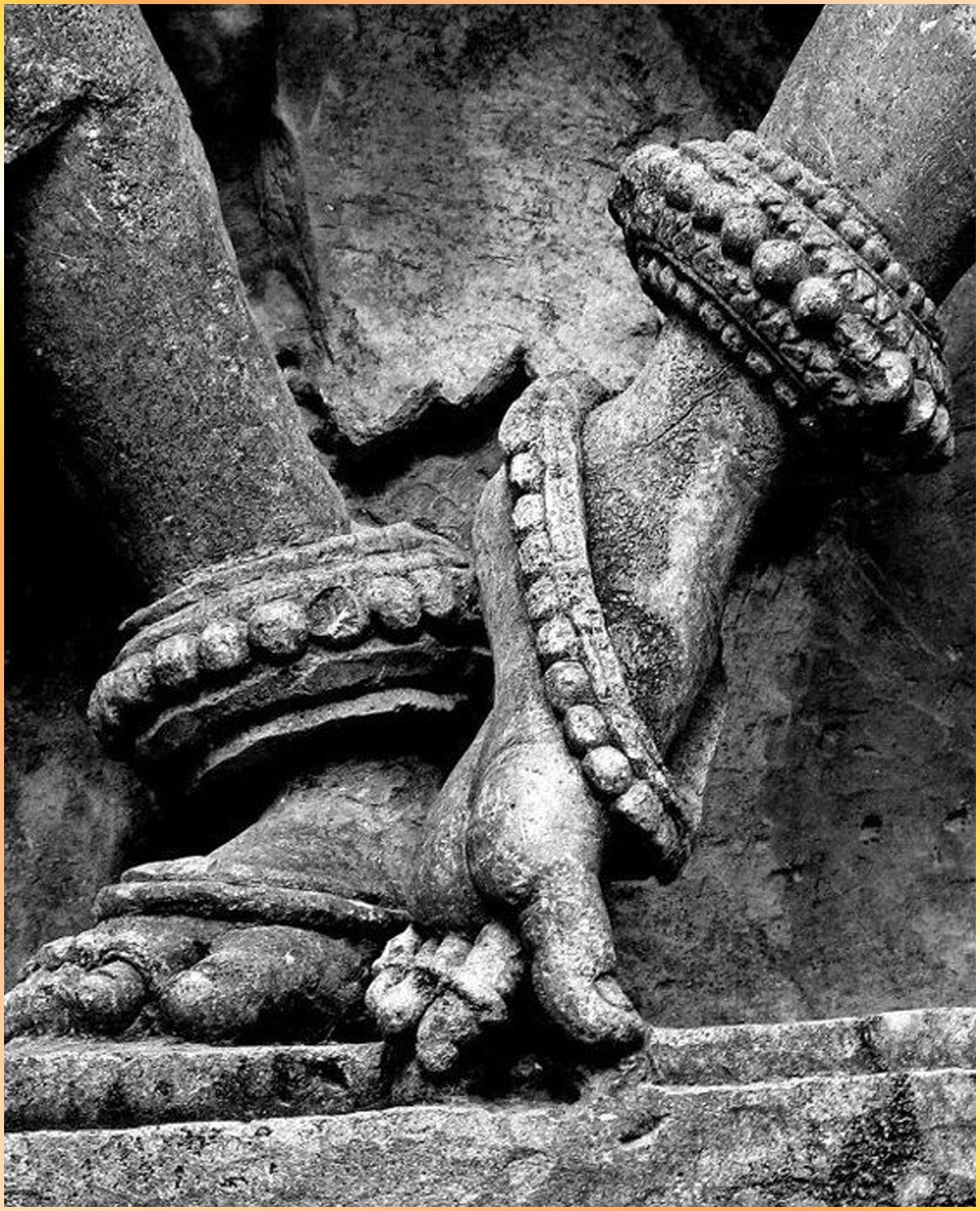
Programs & Curriculum- Odissi Dance Instruction with Lila-Svarupini
Our Mission
At the heart of my teaching is the belief that Odissi is more than dance, it is holistic education embodying healing, and devotion in motion. My mission is to provide students with a structured and authentic training in the Guru Kelucharan Mohapatra tradition of Odissi, while also supporting their personal growth, confidence, and well-being.
Through rhythm, movement, and storytelling, I guide students to safely return to their bodies, connect with the rich culture of Orissa, and experience dance as both discipline and prayer. Each class aims to nurture not only artistic skill but also qualities of focus, resilience, and joy, preparing students for both the stage and life.
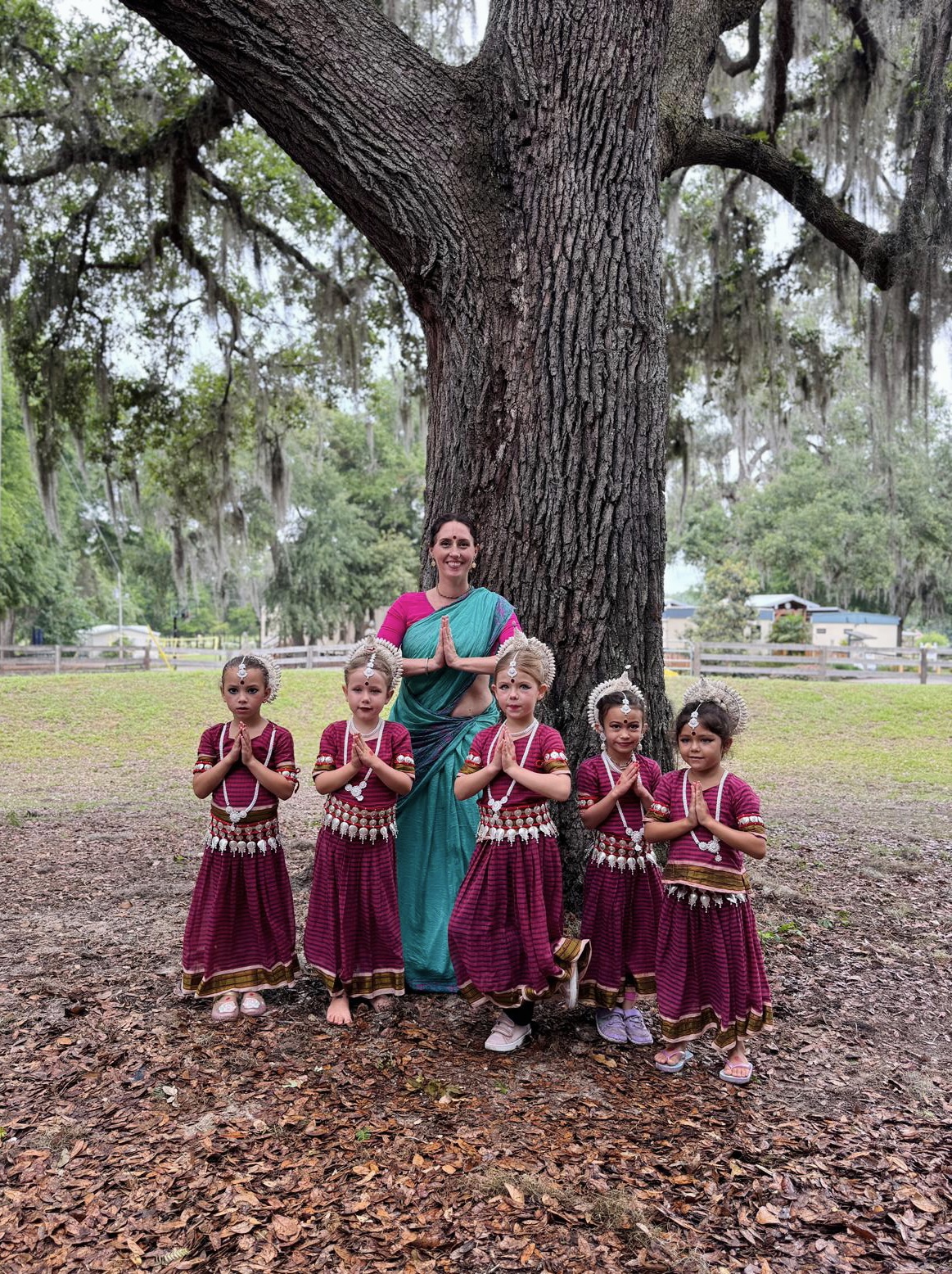
Program Overview
Odissi is one of the eight classical dance forms of India, known for its sculptural grace, rhythmic vitality, and devotional depth. Rooted in the traditions of the Jagannath temple of Puri, Odissi develops discipline, cultural literacy, and expressive freedom.
My teaching follows the lineage of Guru Kelucharan Mohapatra, through my guru Smt. Sujata Mohapatra, and is structured to support both artistic training and holistic education for children and adults.
Classes are designed to meet homeschool enrichment standards, integrating physical education, performing arts, cultural studies, and emotional well-being.
Curriculum Outline
Beginner Level (First Year)
-
Foundations of Odissi
-
Basic stance (chowka and tribhangi)
-
Posture, alignment, safe return to the body
-
Introduction to Odissi hand gestures (mudras) and Abhinaya (expressions)
-
-
Rhythm & Movement
-
Basic steppings and simple foot positions (pada bheda)
-
Introduction to tala (rhythm cycles) with clapping and recitation
-
-
Creative Expression
-
Simple storytelling through gesture (abhinaya)
- Learn the first dance in the repitoire Mangalacharan (Namami)
-
-
Learning Outcomes
-
Improved coordination, confidence, and focus
-
Understanding of Indian culture and devotion through dance
-
Intermediate Level (Years 2–3)
-
Expansion of Chowka and Tribhangi variations
-
Study of pallavis (pure dance compositions set to classical music)
-
Deeper work with rhythm cycles (tala) and footwork patterns
-
Expressive abhinaya based on simple devotional songs and poetry
-
Performance opportunities in class showcases and cultural events
Advanced Level (Years 4+)
-
Full-length pallavis and abhinaya items from Guru Kelucharan Mohapatra’s repertoire
-
Deeper integration of body, rhythm, and expression
-
Advanced performance preparation and stagecraft
-
Development of personal artistry with devotional grounding
Class Options
-
Children (Ages 5–12) – Foundational movement, rhythm, and cultural stories
-
Teens (Ages 13–18) – Structured training with performance focus
-
Adults (All Levels) – Holistic approach combining fitness, expression, and healing
Schedule & Format
-
Weekly Group Classes (in-person)
-
Private Lessons (by appointment)
-
Workshops (seasonal intensives)
Educational Benefits
-
Physical Education: posture, flexibility, stamina, balance
-
Performing Arts: rhythm, expression, storytelling
-
Cultural Studies: Indian heritage, Sanskrit terms, devotional practice
-
Emotional Well-Being: safe body connection, self-confidence, healing through movement
Lila-Svarupini’s Odissi classes are structured as a formal educational program in classical Indian dance, aligning with arts, cultural studies, and physical education requirements. Invoices are provided for all classes on a monthly basis.
By enrolling in Devadasi Dance Mandira families not only receive quality arts education, but also connect with a living tradition where dance becomes both discipline and devotion, supporting growth, confidence, and well-being.
Annual Summer Intensive with Guru Sujata Mohapatra
Each year, Devadasi Dance Mandira hosts a Summer Intensive Workshop where all students gather for immersive training under the direct guidance of Guru Sujata Mohapatra.
This annual tradition allows dancers to deepen their practice in both nritta (pure dance) and abhinaya (expressional dance), while experiencing the transformative power of learning in from the Queen of Odissi herself.
For students, it is a once-in-a-lifetime experience to study under her personal guidance, to feel the living transmission of the Guru Kelucharan Mohapatra lineage, and to deepen both their artistry and devotion in the presence of one of Odissi’s most revered masters.
